|
As a critic, I’m well aware that critics are full of shit. And who can blame us? What we do isn’t a science. We are human subjectivities reacting to artistic subjectivities and trying to translate the heat of our emotions into the coldness of words. Good fucking luck. So it’s not surprising that critics sometimes miss the mark. Fortunately, here I am to set the record straight about ten instances where film critics got it wrong… 10. Final Destination 2 (2003) Metacritic: 38 / Rotten Tomatoes: 48 Let’s face it: Final Destination is the best, most fun horror series since Scream. So in about four years, which in movie time is the equivalent of forever. The storyline is more original than most in its genre, presenting death not as a result of evil, but simply as something inevitable. Plus how many series can claim that the sequel is even better than the original, something both the critics and I agree on. 9. The Wicker Man (2006) Metacritic: 36 / Rotten Tomatoes: 15 The original The Wicker Man is a weird British mystery that takes the piss out of English puritanism. I’m not his shrink, so I’m not sure what Neil LaBute’s issue with women is; but, for his American remake, he turns the whole premise around and The Wicker Man becomes some straight male paranoia about being the victim of women. Who knows? Maybe we’re still supposed to laugh at the male protagonist. As such, Nicholas Cage is perfectly cast as an actor overacting. The scene where he highjacks a woman’s bicycle at gunpoint is a piece of anthology. 8. Weekend at Bernie’s (1989) Metacritic: -- / Rotten Tomatoes: 50 Weekend at Bernie’s is a brilliant black comedy about two schmucks who need to carry around the corpse of capitalism in order to stay alive (or so they think). It’s a satirical portrait of the vacuous 80s that plays like slapstick written by Bret Easton Ellis. As a dead body, Terry Kiser gives one of the most underrated comedic performances in cinema. 7. Vanilla Sky (2001) Metacritic: 45 / Rotten Tomatoes: 41 Along with all the other unpopular opinions I’m dishing out here, might as well add one more: I think Vanilla Sky is better than the movie it is based on, Alejandro Amenábar’s Open Your Eyes. It might be one of the few instances where a bigger budget has a positive influence. It gets you from the stunning opening sequence when Tom Cruise runs through an eerily empty Times Square. In the original, after the protagonist’s car accident, Penelope Cruz’s character just comes across as an asshole, whereas in the remake she remains more satisfyingly ambiguous. 6. Twin Peaks: Fire Walk with Me (1992) Metacritic: 28 / Rotten Tomatoes: 61 Some suggest that the Twin Peaks prequel was unpopular because it didn’t have the humour of the TV series, as though that’s relevant. The movie has the benefit of being as unsettling as its subject matter. As a still alive Laura Palmer, Sheryl Lee gives one of the best dramatic performances ever. 5. Drop Dead Gorgeous (1999) Metacritic: 28 / Rotten Tomatoes: 45 This satire of beauty pageants is simply one of the funniest comedies of the 90s. There is a scene where the former winner is so weak from her eating disorder that she has to perform her musical number while being pushed around the stage in a wheelchair. My jaw drops just thinking about it. 4. Showgirls (1995) Metacritic: 16 / Rotten Tomatoes: 17 I suspect that critics dislike Showgirls so profoundly because they don’t know whether to take it seriously or not, when the answer should be both. Showgirls is a candy apple with a rotten core. Another reason why I suspect people hate it is because every single character, including the protagonist, is the worst kind of human garbage. As if that wasn’t bad enough, the filmmakers save the worst fate for the only likeable character. Much like Bret Easton Ellis had with American Psycho, Showgirls draws a line between nihilism and success (the main character’s name is Naomi, i.e. “no me”). Still, it’s hard to see what’s not to like here: Elizabeth Berkley’s giving her all, clearly hoping to be the next Sharon Stone; the hilarious dance numbers look like they’re choreographed by high school girls, but performed by grown-ass naked women; “It must be weird, not having anybody cum on you” is an actual line in the movie; and Kyle MacLachlan has a convulsion-inducing penis. All in all, Showgirls is a compelling allegory of Hollywood/capitalism/America/take your pick. 3. A Nightmare on Elm Street 2: Freddy’s Revenge (1985) Metacritic: -- / Rotten Tomatoes: 42 The sequel to A Nightmare on Elm Street is widely regarded as one of the worst in the series; yet it’s the kind of movie that is utterly fascinating to watch. It is simultaneously the most homophobic and the gayest mainstream horror movie of all time. Freddy becomes a symbol for the protagonist’s latent homosexuality and our hero defeats him by kissing a girl. No shit. It’s like watching a horror flick written by a born again Christian. Plus it’s refreshing to see shirtless men in a slasher instead of women for once. 2. The Rules of Attraction (2002) Metacritic: 50 / Rotten Tomatoes: 43 Out of all the movies based on his novels, Bret Easton Ellis considers The Rules of Attraction to be the best. Yes, even better than American Psycho. From its compelling opening sequence that plays in reverse, The Rules of Attraction avoids the usual downfalls of adaptations and becomes downright cinematic. Screenwriter/director Roger Avary keeps the characters’ bleak sense that nothing they do matters, yet manages to derive some unexpected meaning from their antics. That’s no easy feat when you consider the author of the source material. 1. Nowhere (1997) Metacritic: -- / Rotten Tomatoes: 27 Out of all his movies, Gregg Araki’s Nowhere has the lowest rating on Rotten Tomatoes. Yet I personally think it’s his best. Not surprisingly, critics prefer what is probably his most conventional one, Mysterious Skin (though it's great too). However, Nowhere is the quintessential portrait of the 90s, with a generation that thinks the end of the world is imminent and ineffectively deals with it by fucking. Despite being ridiculously over the top, its ending is one of the most depressing of any movie out there. Are there any movies trashed by critics that you think are actually good?
0 Comments
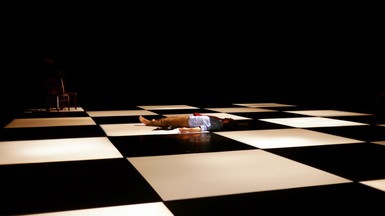 A large checkerboard, a trivial human figure. The beam of light from a projector appears in front of the viewer instead of just behind. The screen becomes a mirror, reminding the viewer: this is not reality; it’s just a movie. The projector lights up the title, Inland Empire, by David Lynch. At the beginning of Mélanie Demers’s Goodbye, dancer Jacques Poulin-Denis opens with a typical Demers move, a series of statements paradoxical in their juxtaposition: “This is not the show,” he tells us. “Not a flat screen, not reality.” The question that always emerges with Demers is: then what is it? One should never readily believe what the performers are saying. Of course, when Poulin-Denis is claiming, “This is not the show,” he is reminding us of the opposite: this is a show. But does it even matter one way or another? Extreme close-up of a needle on a vinyl record. To say that it’s just music is to undermine the kind of emotional manipulation that art is involved in. 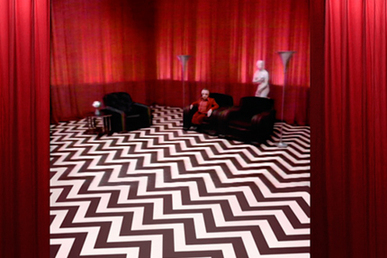 The Black Lodge. Even the electric guitar riffs in Goodbye are reminiscent of Lynch, most particularly Angelo Badalamenti’s score for the Twin Peaks series. That’s not to mention the floor, a black-and-white checkerboard of inhuman proportions that dramatizes the space and makes the dancers look trivial, like mere chess pieces. The Black Lodge. A woman watches television, though on it there is nothing but static. Soon, however, the TV image gives way to animated rabbits in their apartment. It could all be in her head. Se faire son cinéma. Do we need to believe that Brianna Lombardo and Poulin-Denis are really a couple to be affected by their dance? Of course not. The moment they interact, the moment they touch, the moment they move together, they enter into a relationship, their actions have consequences. We don’t need to believe that Grace Zabriskie is not Grace Zabriskie. She just needs to walk in, creepy as fuck. If you don’t feel anything, it’s because you’re taking Zabriskie for granted; as real. Suspension of disbelief is a myth. The true power of cinema lies in complete and utter disbelief. Demers is not even trying to pretend. When a performer needs to have tears running down their face, they use eye drops. The microphones they hold are fake, aluminum paper balls on black sticks; the knife, an aluminum paper blade. No one will get hurt. At least not because of objects. No matter how much I hate metaphors, I must recognize that most blades are metaphorical. Artistic ones, always. When Laura Dern gets fake stabbed, she runs down Hollywood Boulevard before falling in front of one of the stars from the Walk of Fame. Lynch will not allow you to believe any of it is real. It doesn’t matter. If you are only affected by things that are real, you’re not human. When Poulin-Denis looks up at the audience while Demers is sucking on his nipple, his reaction is to say, “No, no… It’s not what you think. This is not the show.” The statement is of course hilariously ironic. Demers knows that such a strong image is bound to have an effect on the audience. Would it have any less of an effect if we were to take it in as reality? Of course not. Quite the contrary. 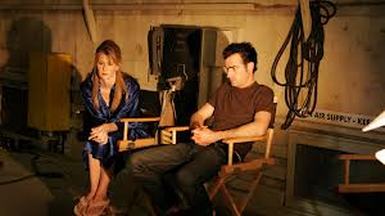 Actors playing actors. Whenever Dern and Justin Theroux have a scene together, we never quite know whether they are the actors they are portraying in the movie or the characters the actors are portraying in the movie in the movie. At one point, Dern screams out, “Damn! This sounds like dialogue from our script!” That’s because, of course, it is. First and foremost, and if nothing else, every movie is about people making a movie. Another typical Demers move: when Poulin-Denis is wiping the water off the floor, he is of course doing so for the dancers’ safety; but, by virtue of being performed onstage, the action is also necessarily dramatic. An everyday gesture becomes an artistic one. “Il y a de l’éclairage, des costumes…” he says, laying out the reasons why we might be inclined to think that this is a show. As if those things didn’t exist outside of the theatre… “Is this our set?” Dern asks. She means in the movie in the movie. However, the set only ends up getting used in the movie. Every space is one location scout away from becoming a set. Later, when Poulin-Denis is the one sucking on Lombardo’s nipple, Chi Long shouts, “This is it! This is the show!” Yet the gesture is essentially the same as before. If anything, the gender reversal and repetition (and therefore lack of surprise) have made it more socially acceptable, less dramatic. It’s always been the show, even before Goodbye ever started. The needle on the record, the music, the emotional manipulation... The viewer cries. She cries because she relates with the character Dern is playing. (What in The Wars Timothy Findley beautifully refers to as “shouts of recognition.”) They encounter each other and kiss in the television. Art as a meeting ground, as the space where artist and audience come into contact, where the line between the artistic and the everyday gets blurred. Goodbye. No, really, goodbye. Poulin-Denis keeps telling the audience the show is over, in so many different ways that it becomes comical, yet the audience doesn’t leave. This is still the show. When does it really end? What are the cues? When the stage lights fade out, when the house lights come on, when the performers take a bow, when we clap, when we leave the theatre, when we finally stop thinking about the show… Some shows never end. And, even when shows do end, what awaits us outside the theatre? More metaphorical blades. Theatre.
usine-c.com maydaydanse.ca davidlynch.com |
Sylvain Verstricht
has an MA in Film Studies and works in contemporary dance. His fiction has appeared in Headlight Anthology, Cactus Heart, and Birkensnake. Archives
April 2020
Categories
All
|
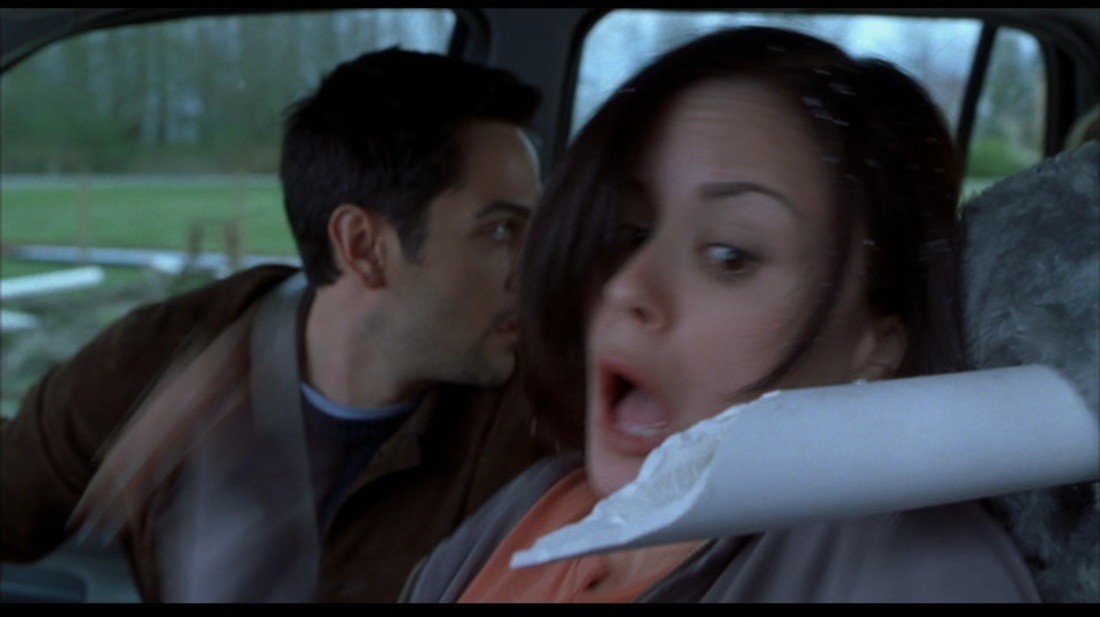
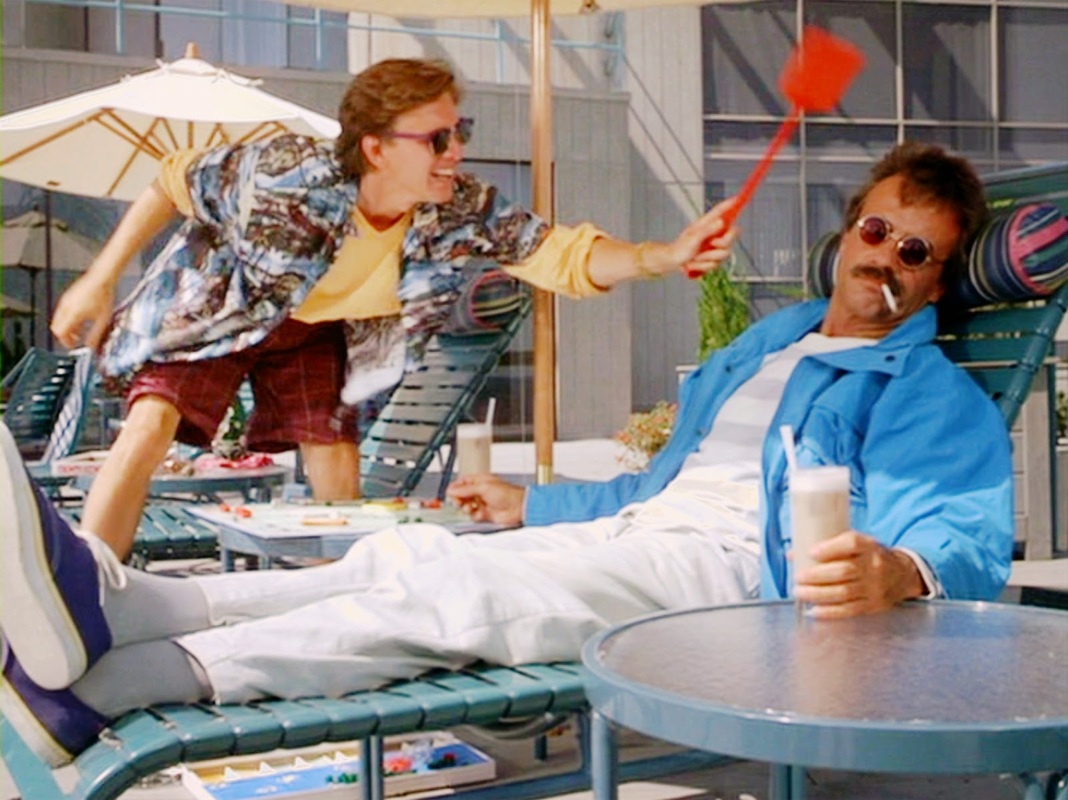
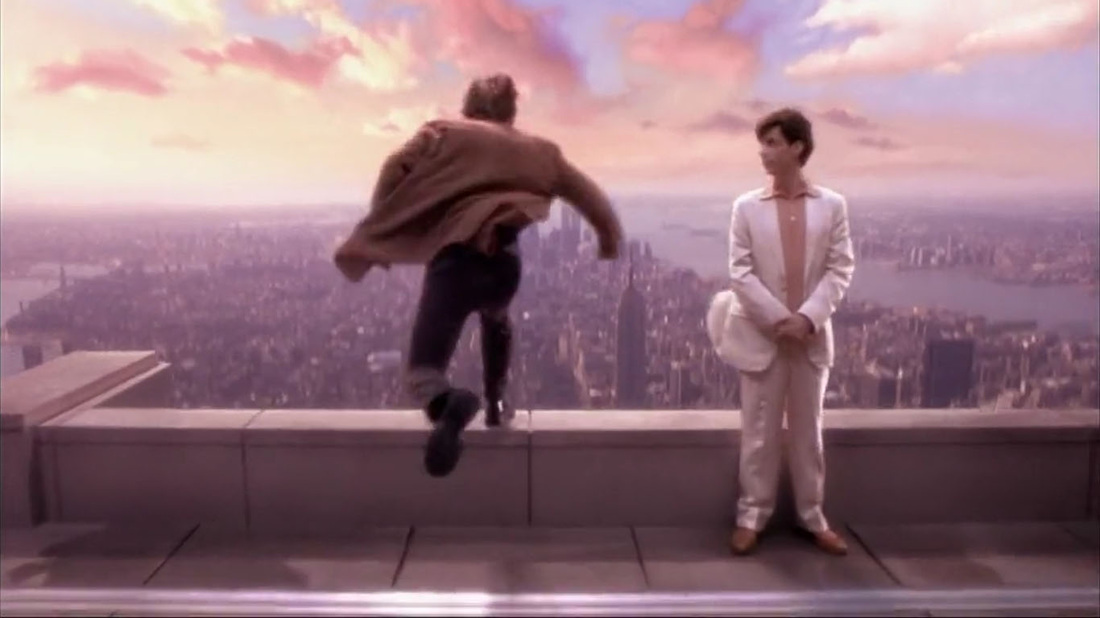
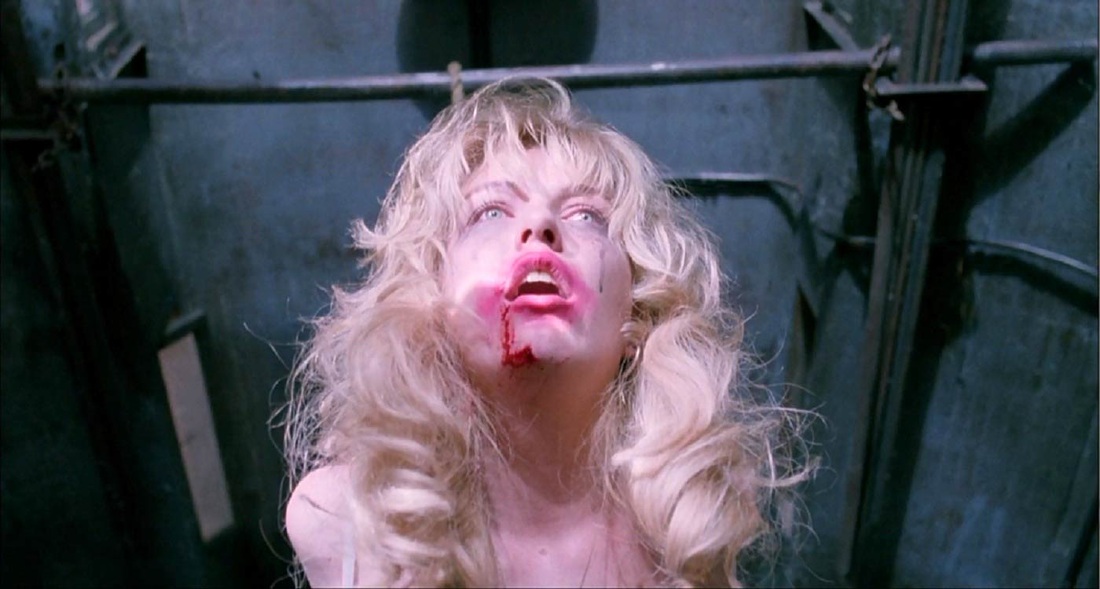
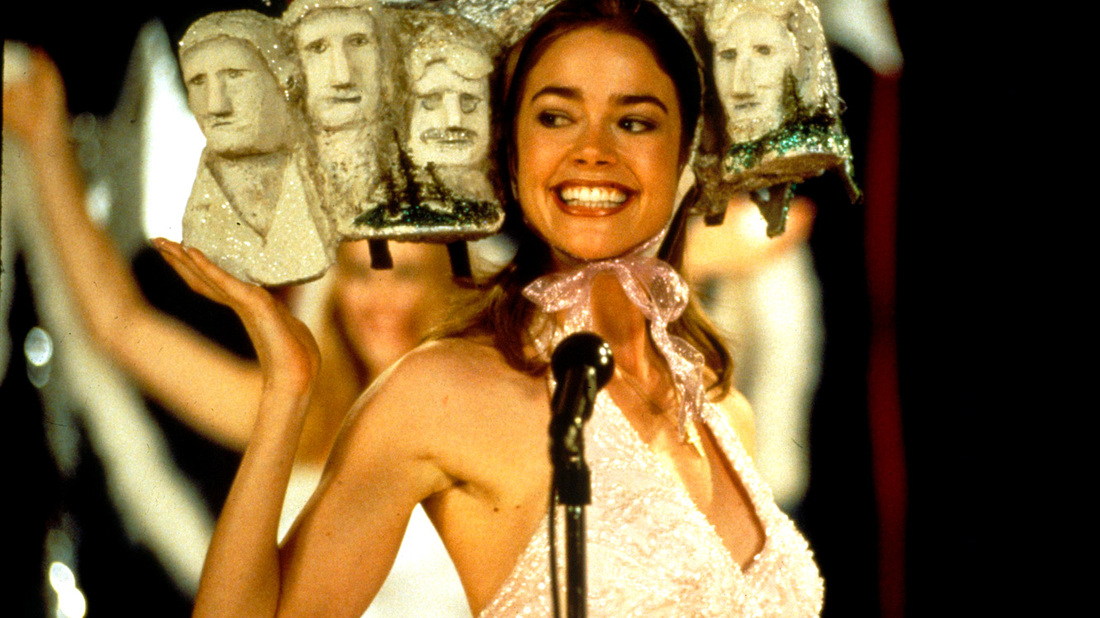
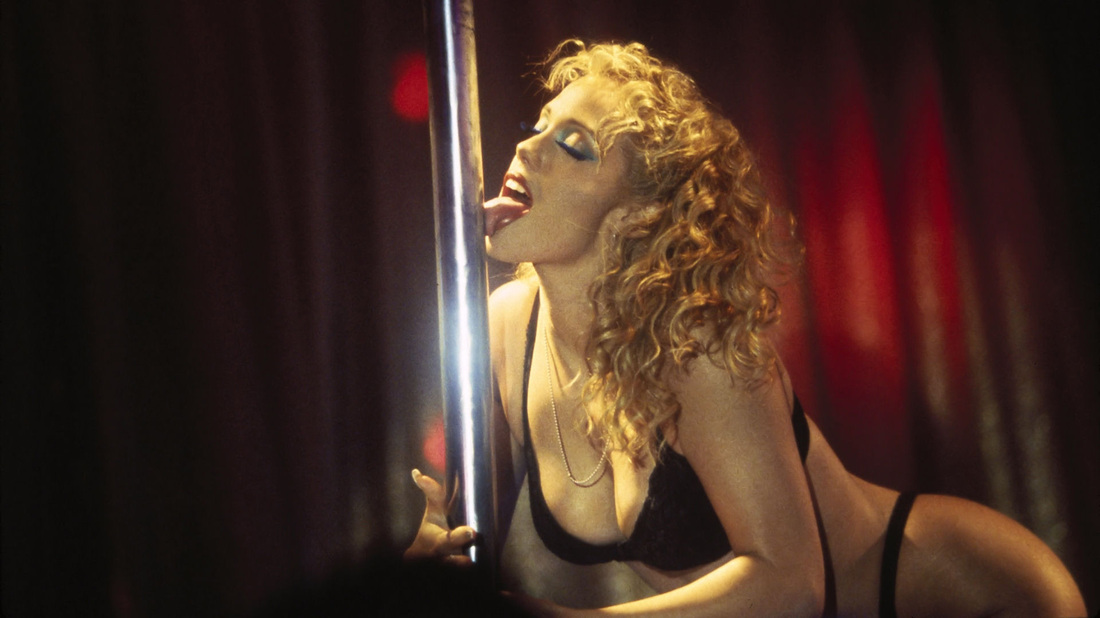
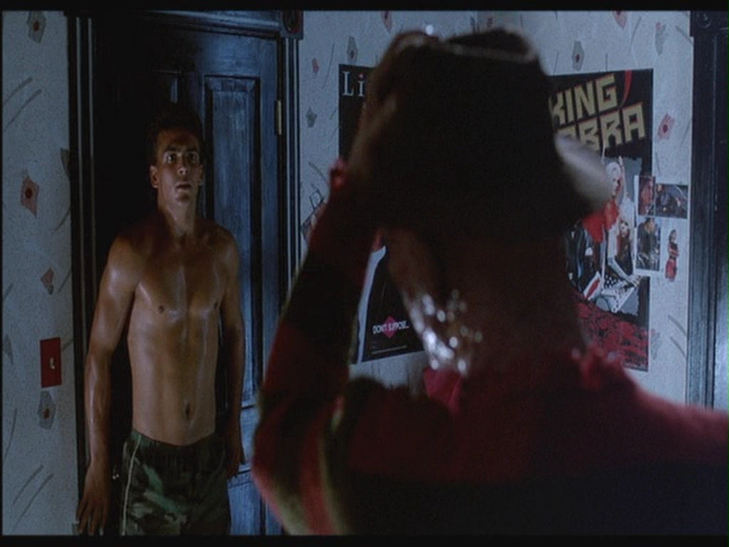
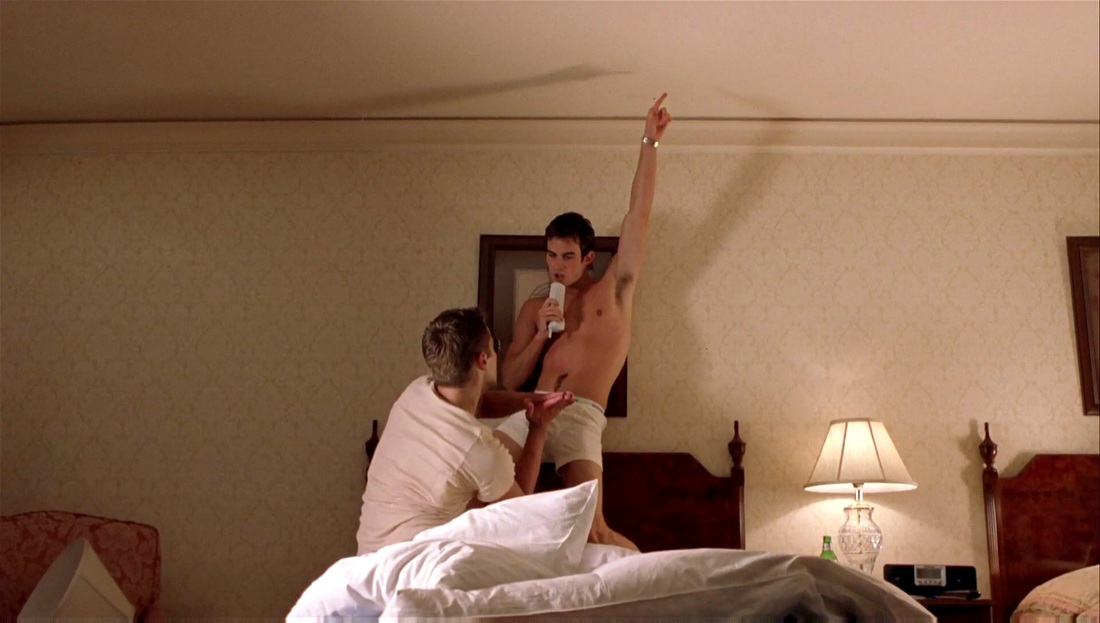
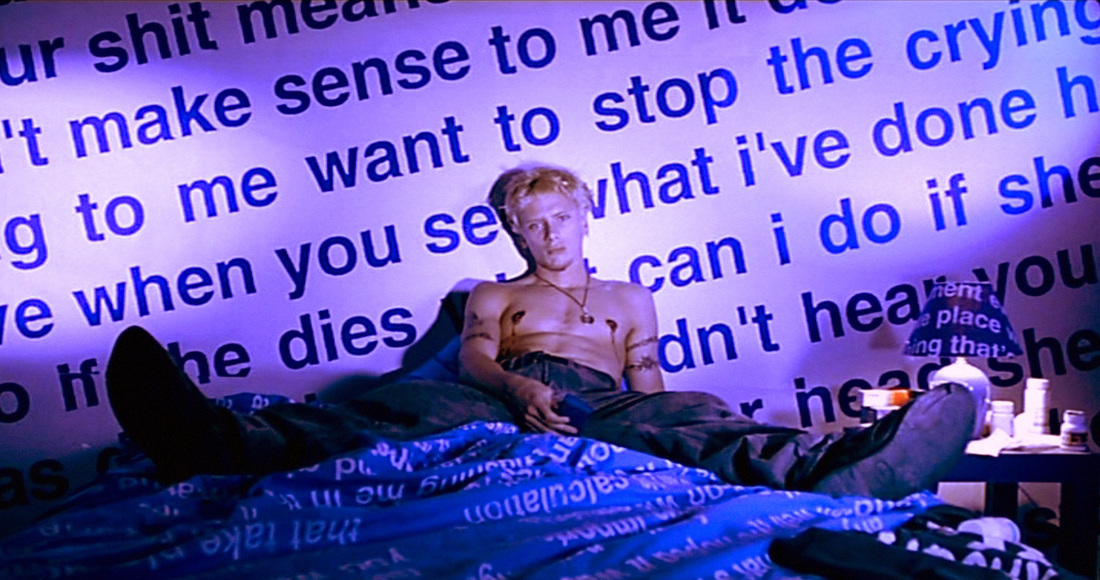
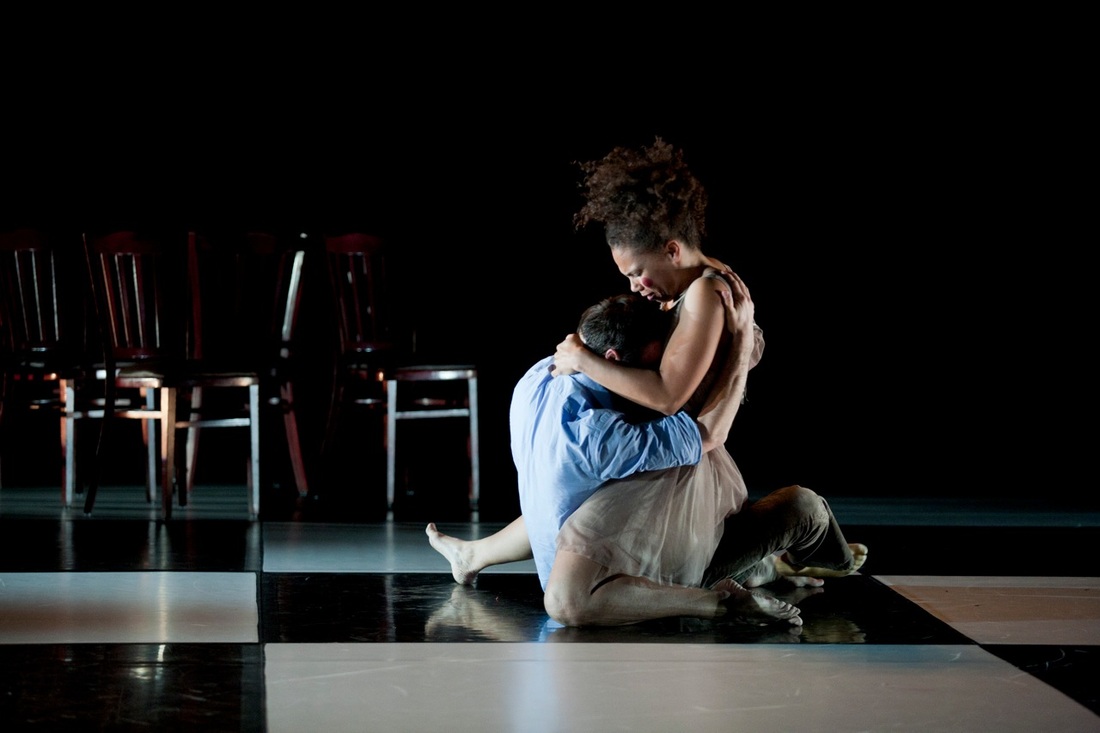
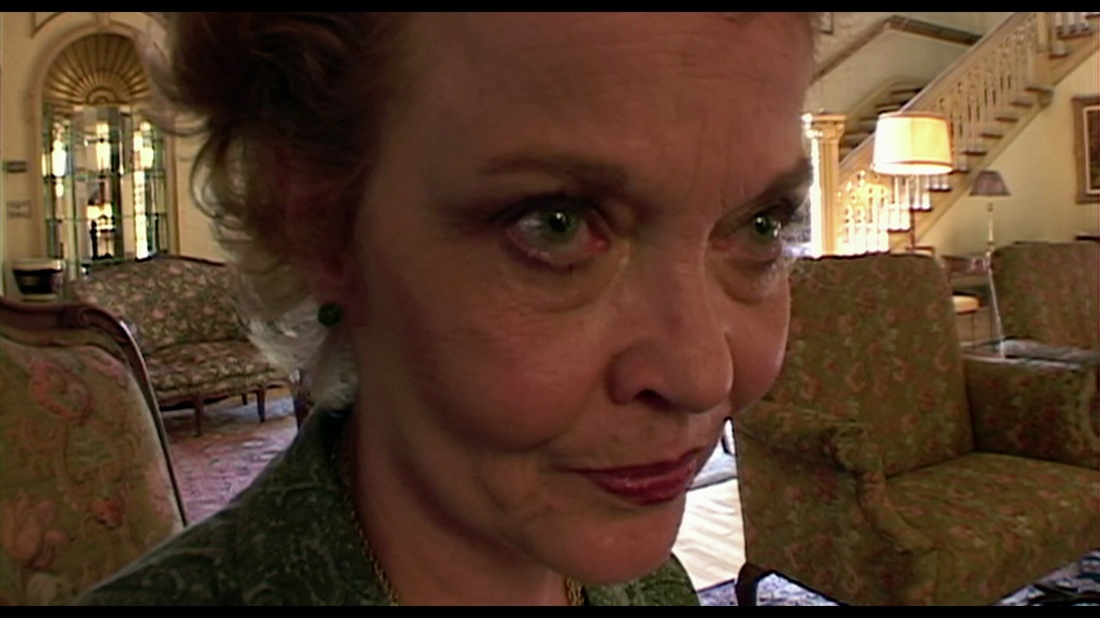

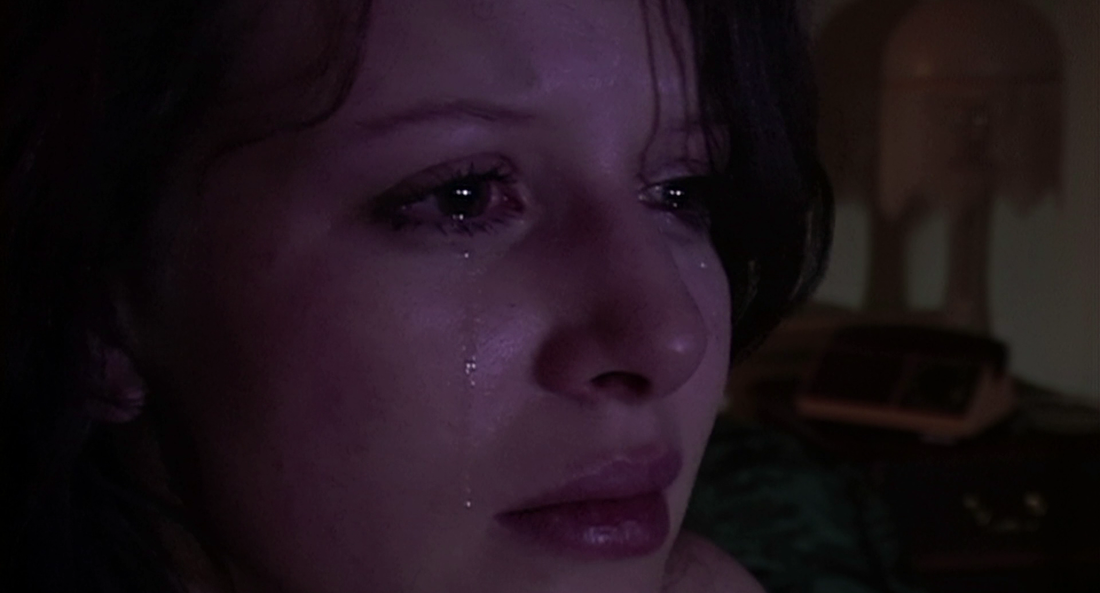
 RSS Feed
RSS Feed